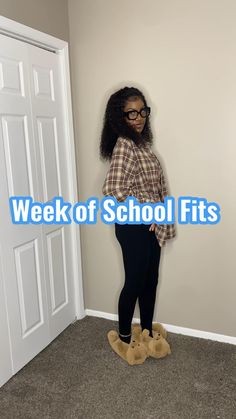The Evolution and Significance of School Outfits
School outfits are a fascinating reflection of cultural, social, and educational values. They go beyond mere clothing choices, embodying ideals of professionalism, self-expression, and uniformity. From traditional uniforms to modern fashion trends, school outfits have undergone significant transformations throughout history. This article explores the evolution, significance, and impact of school outfits on students and educational environments.
Historical Perspective
Traditional Uniforms
The concept of school uniforms dates back to the 16th century in England. The first known instance was at Christ’s Hospital School in London, where students wore a distinctive uniform consisting of blue coats and yellow stockings. This practice aimed to promote equality among students, reducing social and economic disparities.
In the 19th and early 20th centuries, school uniforms became more common in public and private schools across Europe and the United States. The traditional uniform typically included blazers, skirts or trousers, and ties, designed to instill a sense of discipline and unity among students.
Shift in the 20th Century
The mid-20th century saw a shift in educational fashion, influenced by broader social changes. The 1960s and 1970s, marked by countercultural movements, saw a rise in casual attire. Schools began to adopt more relaxed dress codes, allowing students greater freedom in their clothing choices. This shift reflected a broader societal move towards individualism and self-expression.
The Role of School Outfits
Uniformity vs. Individuality
One of the primary debates surrounding school outfits is the balance between uniformity and individuality. Uniforms are praised for promoting equality, reducing peer pressure related to clothing, and fostering a sense of school identity. They can minimize distractions in the classroom and help maintain a professional learning environment.
On the other hand, casual dress codes and non-uniform policies are valued for allowing students to express their individuality and personal style. This approach can boost student morale and self-confidence, as students feel more comfortable and authentic in their clothing choices.
Socioeconomic Implications
School outfits can have significant socioeconomic implications. Uniforms, often provided by schools or purchased from designated suppliers, can alleviate the pressure on families to buy expensive brand-name clothing. This can reduce instances of bullying related to clothing and create a more equitable environment.
However, in schools with flexible dress codes, the cost of keeping up with fashion trends can create a financial burden on families. Additionally, the pressure to conform to certain fashion standards can lead to social divisions among students.
Modern Trends
Casual and Smart-Casual Attire
In recent years, many schools have moved towards more casual or smart-casual dress codes. This trend reflects a broader societal shift towards more relaxed and diverse dress norms. Schools might allow jeans, sneakers, and casual tops, focusing on comfort while maintaining a certain level of professionalism.
Smart-casual attire combines elements of formal and informal wear, offering students a middle ground. It allows for personal expression while maintaining a degree of formality. This trend can help prepare students for future professional environments, where business-casual attire is often the norm.
Diverse and Inclusive Dress Codes
Modern educational institutions are increasingly recognizing the importance of diverse and inclusive dress codes. Schools are adapting policies to accommodate various cultural and religious dress practices. This includes allowing students to wear items like hijabs, turbans, or kippahs, and ensuring that dress codes do not discriminate based on gender identity or expression.
Psychological and Educational Impact
Academic Performance and Behavior
Research has shown mixed results regarding the impact of school uniforms on academic performance and behavior. Some studies suggest that uniforms can improve discipline, reduce distractions, and enhance academic focus. Uniforms may contribute to a sense of belonging and school pride, which can positively affect students' attitudes toward learning.
Other studies argue that the relationship between uniforms and academic performance is negligible. Factors such as teaching quality, parental involvement, and school resources are often cited as more significant contributors to student success.
Self-Expression and Identity
For many students, clothing is a crucial means of self-expression and identity formation. Dress codes that allow for personal choice can enhance students' self-esteem and comfort, fostering a positive school experience. However, overly restrictive dress codes may stifle individuality and contribute to feelings of frustration and alienation.
Conclusion
School outfits are more than just a matter of fashion; they reflect deeper educational, cultural, and social values. From the traditional uniforms of the past to the diverse and flexible dress codes of today, the evolution of school outfits highlights ongoing debates about equality, individuality, and personal expression.
As schools continue to navigate these issues, it is essential to strike a balance that respects both the need for a cohesive learning environment and the importance of personal identity. By understanding the historical context, current trends, and psychological impacts of school outfits, educators, parents, and policymakers can make informed decisions that benefit students and promote a positive educational experience.






